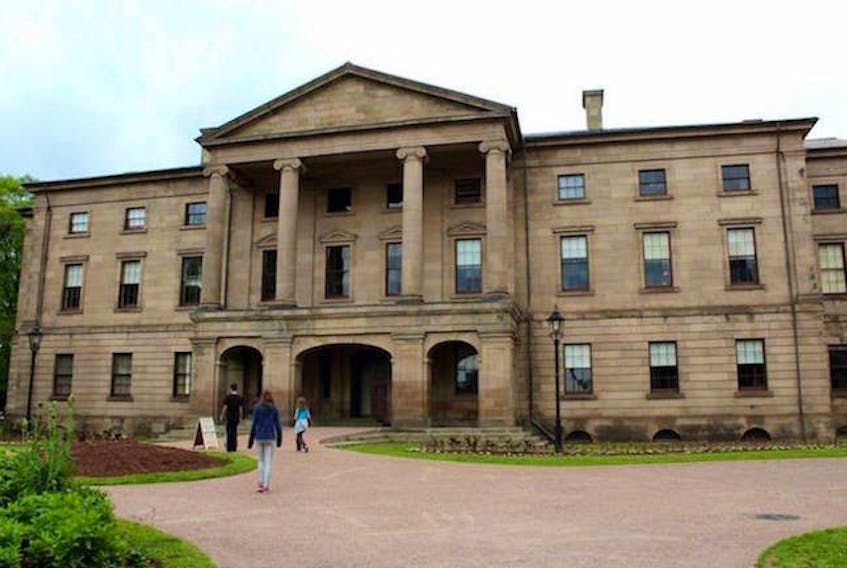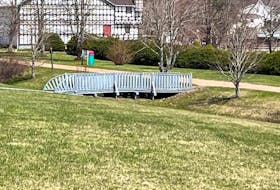Tim Chandler describes the restoration of Province House as the biggest project of his career.
“It is a career project, no question,” said the former Stratford resident who now lives in Halifax and is the senior manager of Public Services and Procurement Canada (PSPC).
Province House has been under construction for the past two years at a cost of nearly $50 million. The original budget for the project was just over $41 million.

Chandler says the project is on schedule and set to meet its original deadline of 2021 and will open to the public again in 2022.
Phase 1, which began in May 2017, involved extensive work to protect and stabilize the building. This phase included protection and temporary removal of historic features. A steel exoskeleton was constructed outside the building, and the foundation was excavated. That part of the project has been completed.
Phase 2 is now underway.
“It’s the roof, it’s the windows, the masonry, walls, foundations and some of the structural elements like the roof trusses and interior heavy timber floor joists,” Chandler said during an update on Phase 2 of the project Tuesday in Charlottetown.
The construction has been going well, and some of the walls, which were originally set to be torn down and replaced, are in better shape than expected. Going forward the team will use a “situ” approach, meaning, when possible, the damaged walls are being repaired in place rather than dismantled.
Greg Shaw, project leader for Parks Canada in P.E.I, says he is excited about how far the project has come.
“We are actually starting to put things back together. That’s a really nice thing to see,” said Shaw, who has worked with Parks Canada for 39 years.
“You can look back and say that you had something to do with preserving it (Province House). It is one of the main focal points of heritage on P.E.I.”

Shaw also presented some unexpected findings pulled out of Province House – a floral wreath made of silk and cotton and a survey pin.
There wasn’t a whole lot of information on either item showed to members of the public on Tuesday.
There were also several liquor bottles found hidden in the walls of the legislature on the north-side of the building, which is where the )pposition members would sit. It’s also the coldest side of the building.
In historic days, when the old stone building didn’t have central heat, MLAs needed something to keep them warm.
“We’re pretty sure that’s what they used for heat on that side,” Shaw joked.









